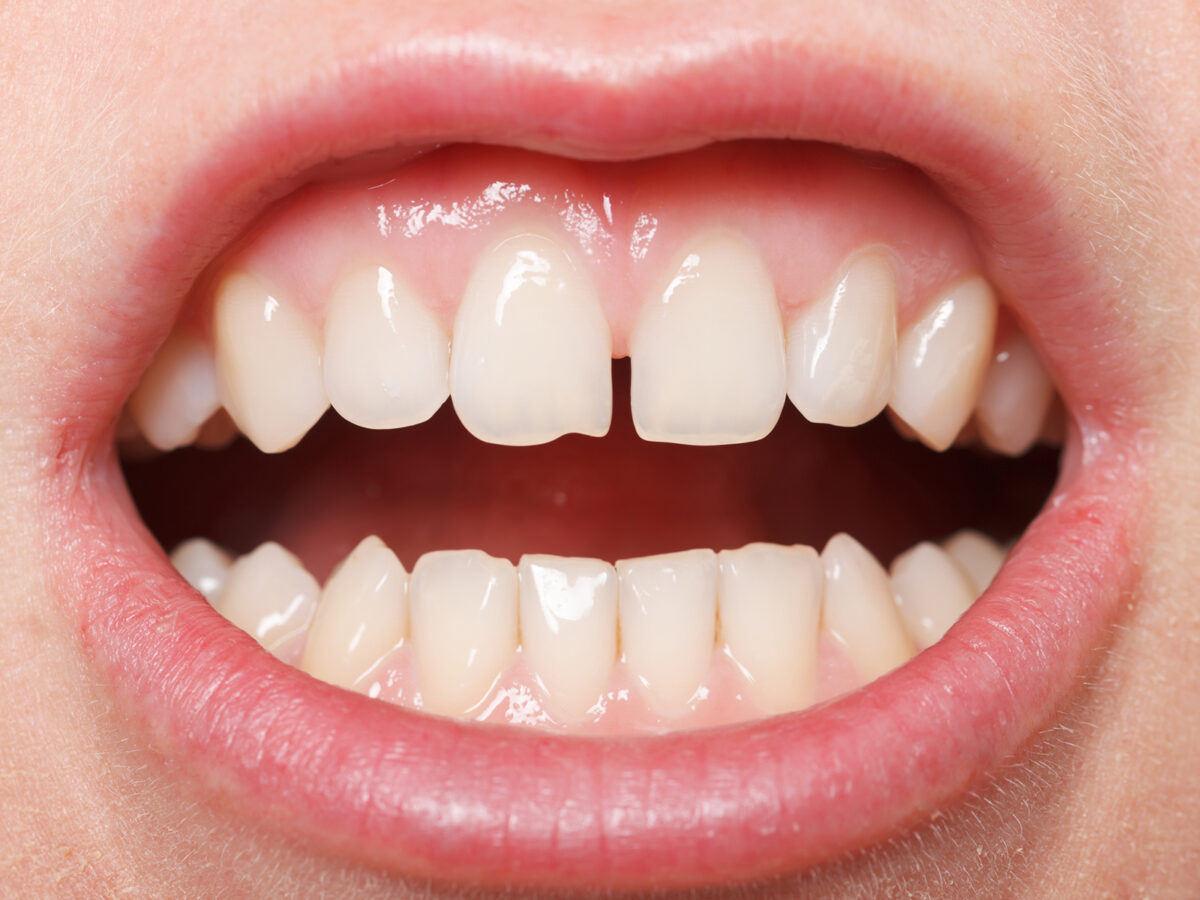Blog
Dental hygiene tips for healthy teeth & gums

What Causes Crooked Teeth And How Can We Treat Them?
Crooked teeth can affect not just your appearance but also the quality of your life. Twisted, crowded, or overlapped dentition hamper chewing ability, which can cause heavy wear and tear of your teeth. Misshapen teeth are also difficult to clean, giving room for bacteria and plaque buildup. They could also result in chronic headaches, cracked dentition, and other health problems.
Misaligned teeth are common, and around seventy-five percent of us have some degree of crookedness in our oral setup. You might want to straighten your pearly whites for many reasons, such as to enhance your smile, improve oral health, and other health conditions. This article will acquaint you with the common reasons for crooked teeth and what you can do about it if you are unhappy with how you smile.
Reasons For Misshapen Teeth
Both baby and adult permanent dentition can come in misshapen. In the case of baby teeth, the crookedness can come due to the dentitions being too small to fill in the gum space available to them. Some of the common reasons for having misshapen teeth are:
- Genetics – It is very likely that if your parents have crooked teeth, you might end up with misshapen pearly whites too. The dental markers that lead to crooked teeth come from our parents, such as inheriting a misaligned jaw or too small mouth. A small mouth gives rise to overcrowded teeth; a misaligned jaw can provide us with underbite or overbite.
- Poor habits – If you have repetitive behavior that affects the function or muscles of the mouth, it can cause crooked dentition. Some poor habits include sucking your thumb past the age of three, using a pacifier beyond three years of age, tongue thrusting, and mouth breathing.
- Jaw size – Our collective jaw size has altered and become smaller as the current population eats more soft and processed food that requires less chewing than the foods our ancestors ate. Scientists believe that our shorter, evolved jaw plays a role in misaligned, crowded, and twisted dentitions.
- Injury or illness – Your teeth can get displaced due to trauma or injury to the mouth or face, and most severe instances of crooked teeth are primarily due to such types of injuries. When we either lose our teeth or our jaw shifts due to the trauma, our other dentitions shift slowly to make up for the open space.
- Illness – Certain diseases like osteoporosis lead to the deterioration of the bone that supports our pearly whites. Some autoimmune diseases also hamper saliva production, which can result in tooth loss. Your other dentitions will then shift to make up for the lost tooth.
- Poor dental care – Follow good oral hygiene and keep up with your regular dental appointments to avoid gums and cavities, and it could pose many dental health problems, including crooked teeth.
- Poor nutrition – If you do not eat healthy food, especially for kids, your dental development will be poor, a precursor to misshapen pearly whites.
- Losing baby teeth early – If you lose them before time, it could lead to the permanent detention being slanted rather than straight.
- Improper fit of dental restorations – If dental fittings like crowns and fillings need to be fitted, it could lead to crooked teeth.
Treating Crooked Teeth
Fortunately, there has been tremendous advancement in dental technologies that can fix almost all dental issues. Some of the most common treatments for misaligned and twisted pearly whites are:
- Braces – if you have otherwise healthy dentitions that are crowded or crooked, orthodontic treatments like braces offer the best long-term solutions. You could either go for traditional metallic braces or modern removable clear aligners. Braces do not give a quick fix, but the treatment can take months to years.
- Veneers – Veneers are a quick alternative to braces. They are a thin layer of porcelain that your dentist would place over your natural pearly whites to disguise any imperfection. Veneers can mask misshapen teeth, straighten them, and whiten badly stained dentition. They have some downsides, such as a part of your enamel would need to be removed to place them, and you might also need to replace them in case of some injury to your mouth.
- Crowns – For broken or severely decayed dentitions, crowns can help achieve a confident smile. Dental crowns are fitted on top of any twisted or damaged dentition to make them straight and whole. Your orthodontist might also use a combination of veneers and crowns to give you that perfect smile.
- Teeth contouring – If you have mildly crowded pearly whites, you can be a suitable candidate for dentition contouring. In this process, your pearly whites are reshaped to make them appear straighter and neater.
- Dental bonding – Dental bonding is another minimally invasive procedure to help you give straight dentitions. This procedure uses tooth-colored composite to reshape and build up twisted detentions and make them straighter.
You would need to meet your orthodontist to understand which options for straightening your pearly whites are best suited for you. Based on your oral structure and conditions, s/he will be the best person to recommend the most suitable option.


